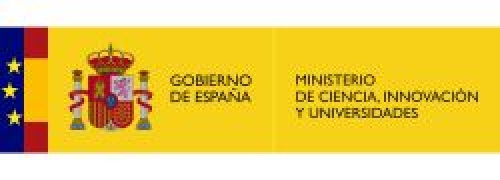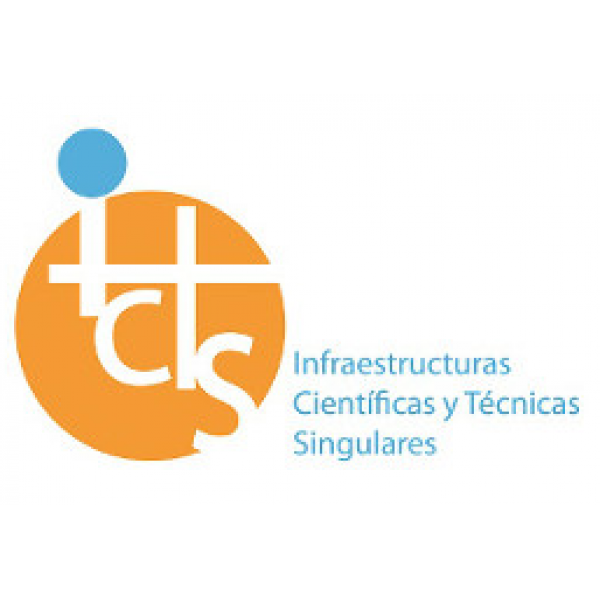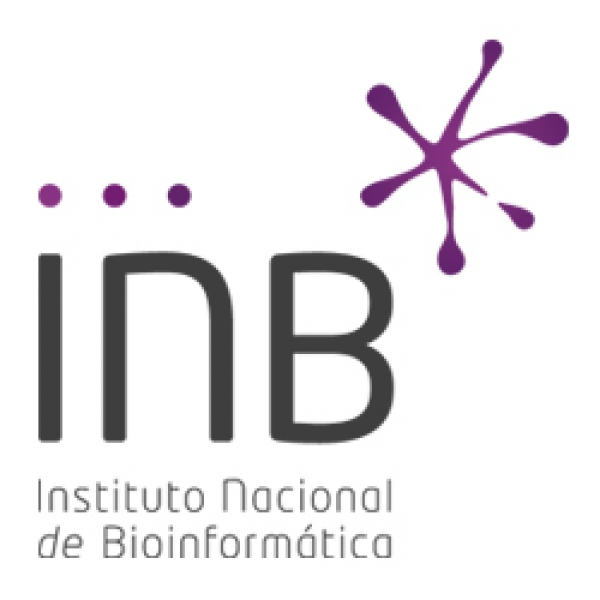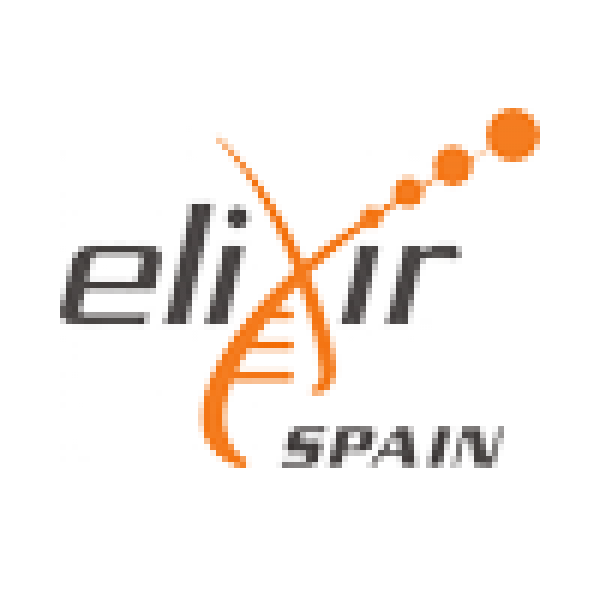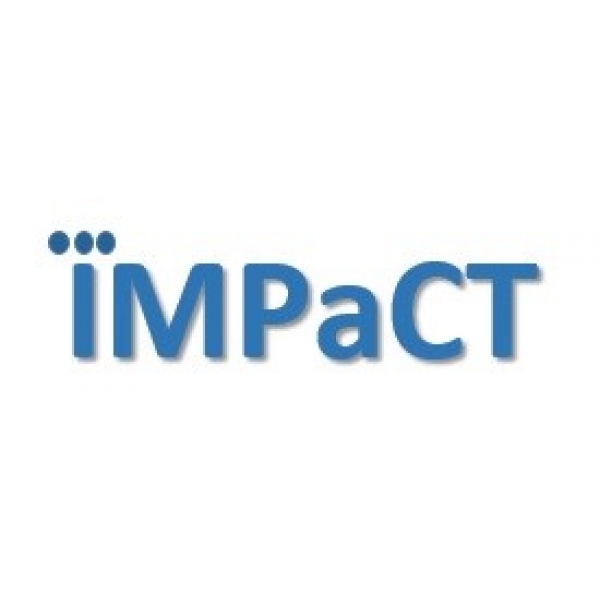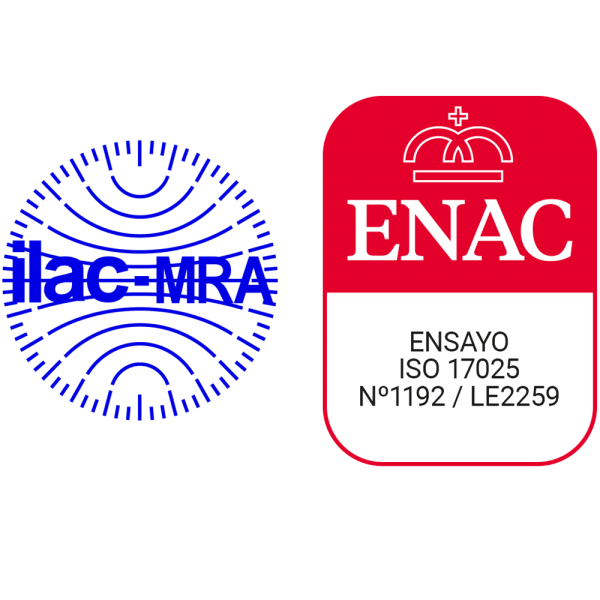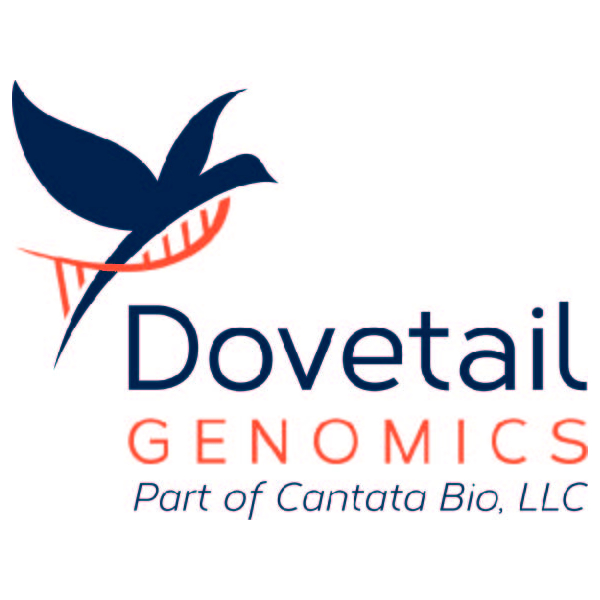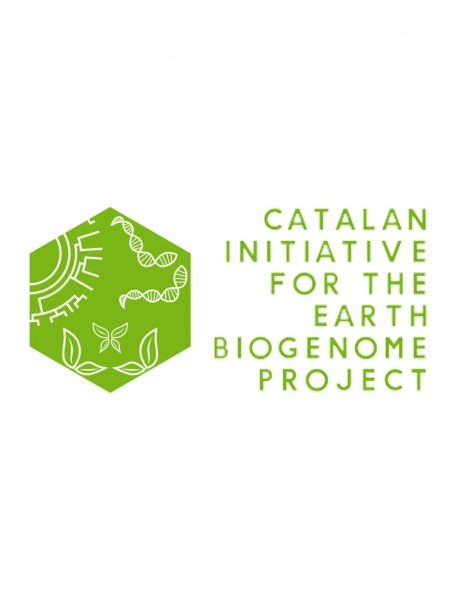
In the Països Catalans (PPCC) lacertid lizards represent the most diverse squamate group, with 8 genera and 17 species. Reference genomes are already available for representatives of Lacerta, Zootoca, Podarcis and Iberoalcerta, making this project an ideal opportunity to complete the number of reference genomes for all lacertid genera from the PPCC.
In this project we aim to sequence, assemble and annotate the reference genomes of:
i) Timon lepidus: The largest lizard in Europe, classified as Vulnerable in Catalonia, and currently hybridizing with T. nevadensis
ii) Scelarcis perspicillata: A monospecific species distributed across the Atlas Mountains in Morocco and Argelia, and occurring in the Balearic Islands, possibly introduced during the XVIII century
iii) Acanthodactylus erythrurus: a representative of the Eremidini tribe
iv) Psammodromus algirus: a representative of the Gallotiinae subfamily
THE ROLE OF CNAG
To do so, CNAG will use an interdisciplinary multi-omics approach using a combination of longread, short-read and contact map sequencing data to produce high-quality chromosome-level reference genomes for four species. Additionally, transcriptomic data for each of the four species will be used to fully annotate each of the genomes and analyse, with unprecedented resolution, the chromosomal architecture and evolution of gene families of lacertid lizards, as well as to provide new insights into chromosomal evolution, speciation mechanisms, and adaptation.
Additionally, we will use this project as a pilot study to create a vouchering protocol within the CBP, establishing how, where, and which biologic materials should be stored in public repositories to ensure traceability of the genetic material of specimens used for generating reference genomes under the CBP initiative. Overall, sequencing the genomes of these four underrepresented species will fill significant gaps in the existing lacertid reference genome resources, allowing for a far more comprehensive understanding of lacertid evolution.
This project is funded by the Institute of Catalan Studies, through the Catalan Initiative for the Earth BioGenome Project.


